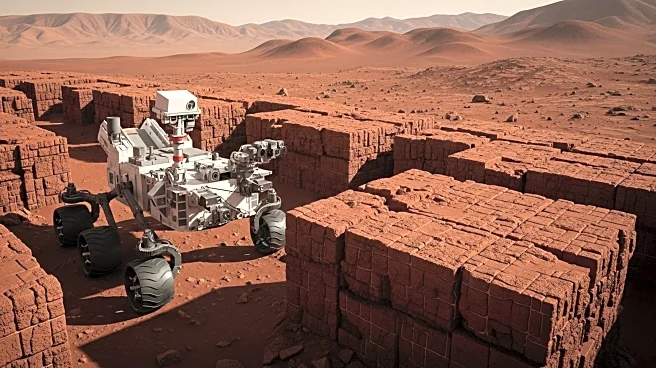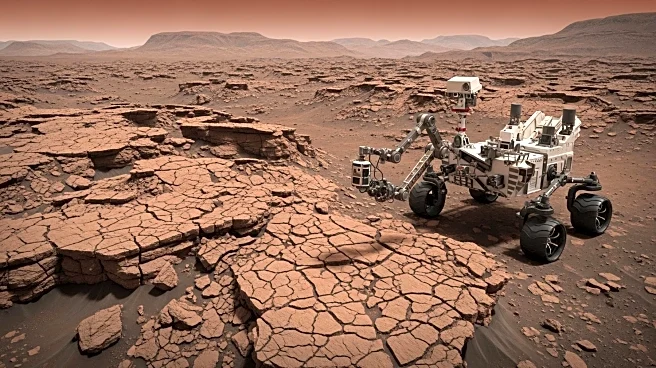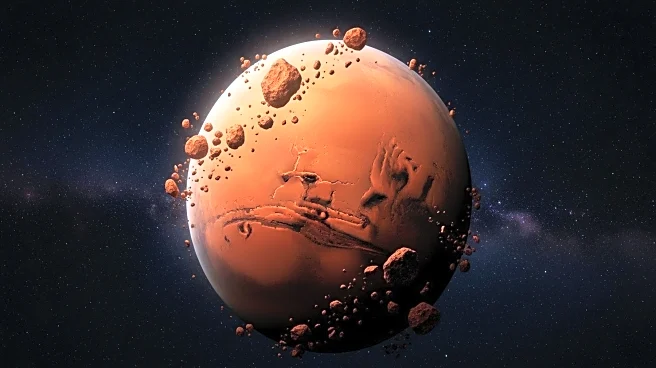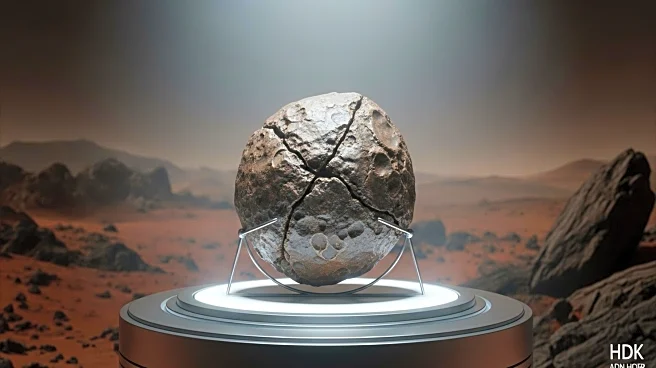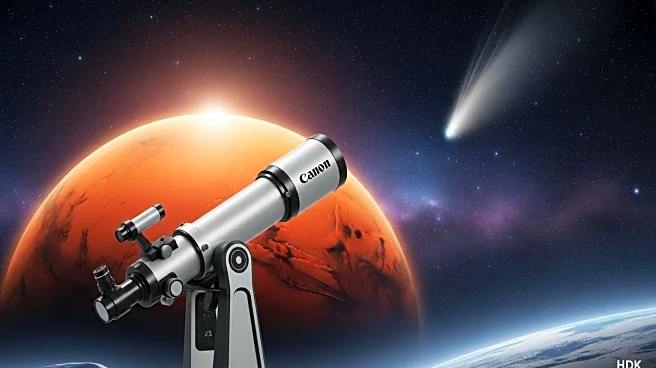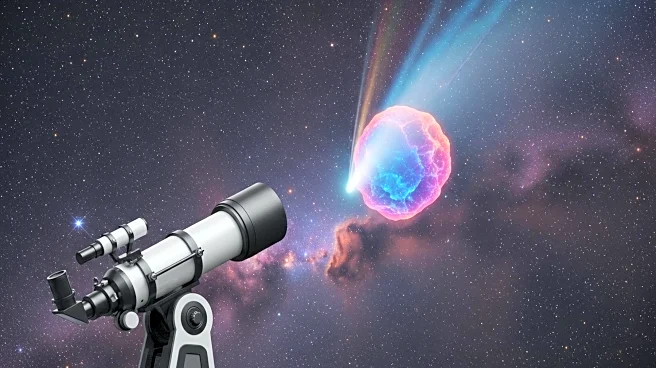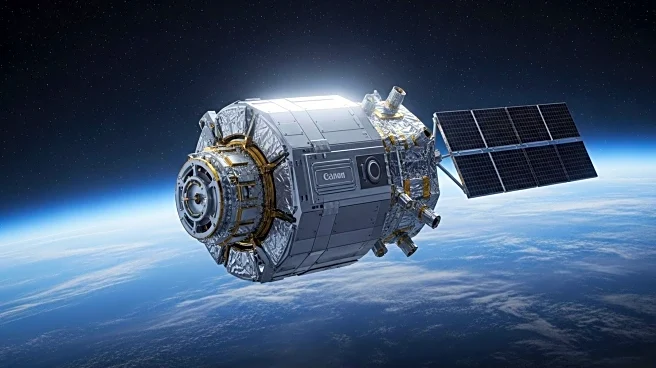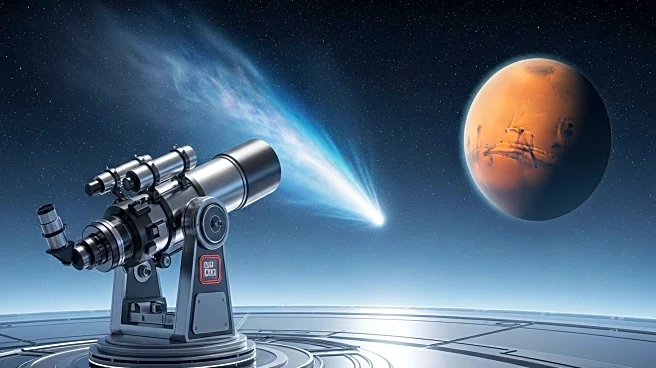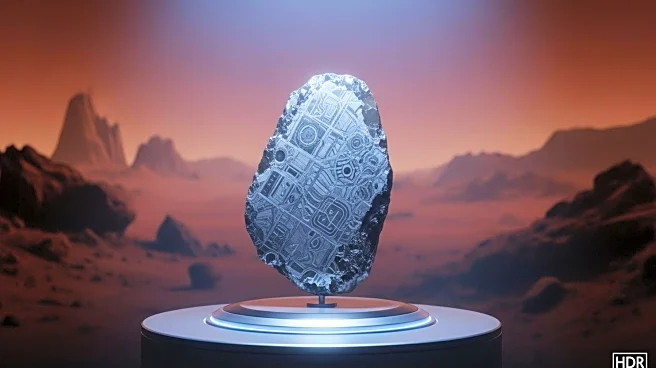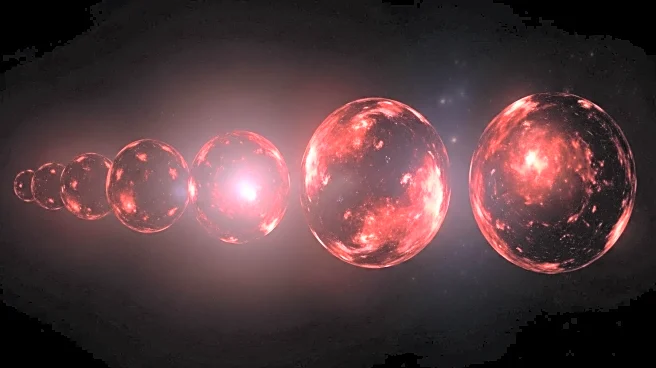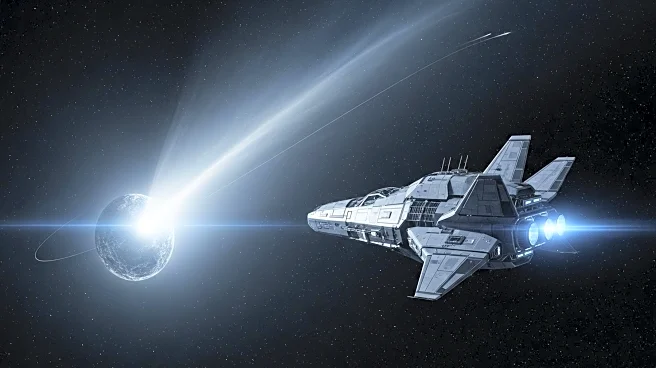What's Happening?
NASA's Curiosity rover is conducting detailed investigations of the 'boxwork' structures on Mars, focusing on both ridges and hollows to understand their formation. The rover is performing remote and contact science, including imaging and chemical analysis, while navigating challenging terrain. Recent activities include capturing Mastcam mosaics and ChemCam observations of various targets, and overcoming significant tilts during drives. The rover's exploration is part of a broader mission to study Martian geology and environmental conditions, with a focus on dust patterns as the planet enters a dustier season.
Why It's Important?
Curiosity's exploration of the boxwork structures provides valuable insights into Mars' geological history and environmental processes. Understanding these formations can shed light on past water activity and potential habitability. The rover's ability to navigate and analyze complex terrain demonstrates advancements in autonomous exploration technology. These findings contribute to the broader scientific goals of the Mars Science Laboratory mission, enhancing our knowledge of the planet's surface and atmospheric conditions. The data collected may inform future missions and the search for signs of life on Mars.
What's Next?
Curiosity will continue its exploration of the boxwork unit, conducting further imaging and chemical analysis to refine its understanding of the structures. The rover will navigate additional challenging terrain, requiring precise planning and execution of drives. As Mars enters a dustier season, environmental observations will focus on atmospheric changes. The mission team will analyze the collected data to draw conclusions about the geological and environmental history of the region. These efforts will support ongoing research and preparation for future Mars exploration missions.
